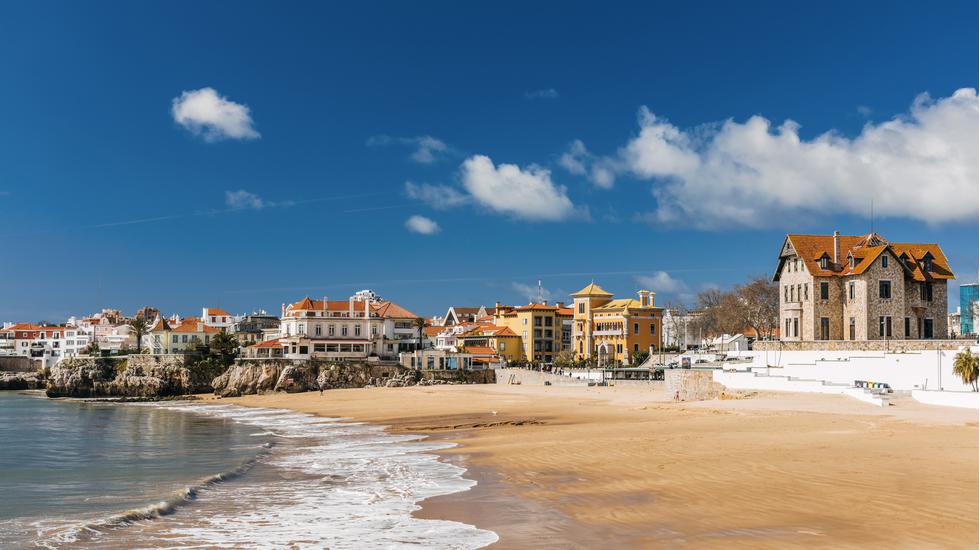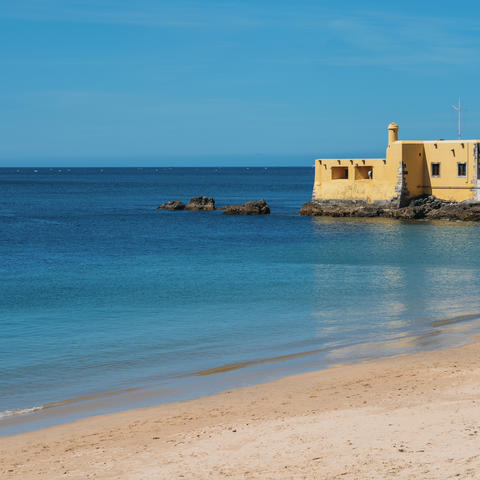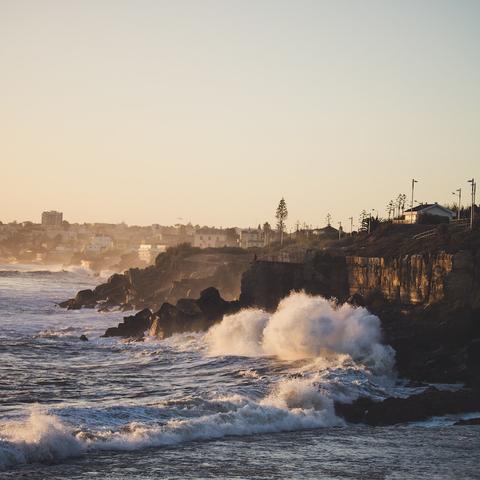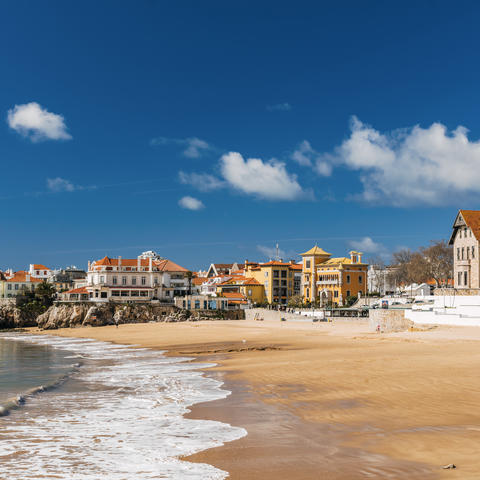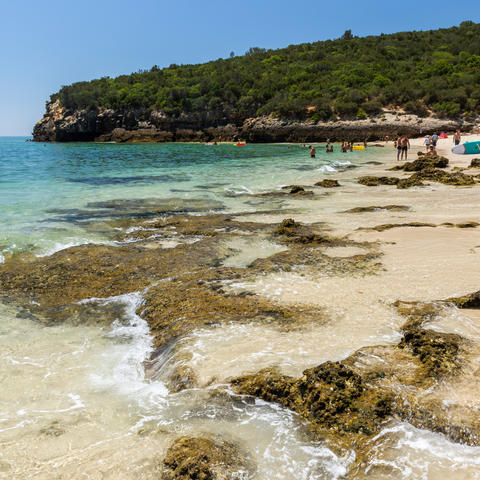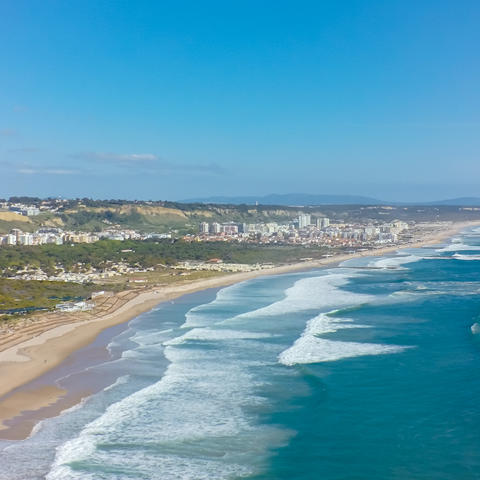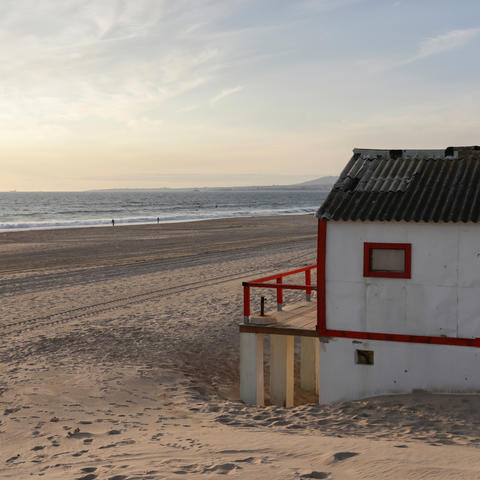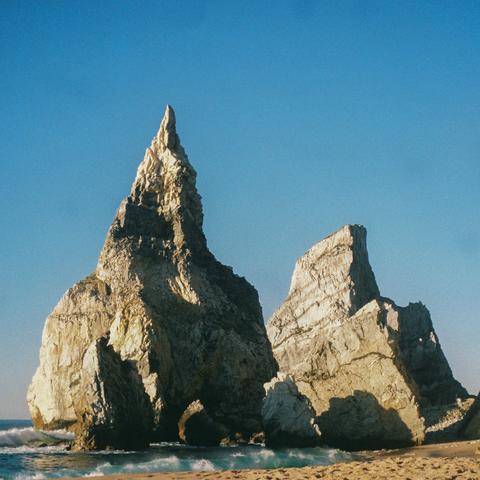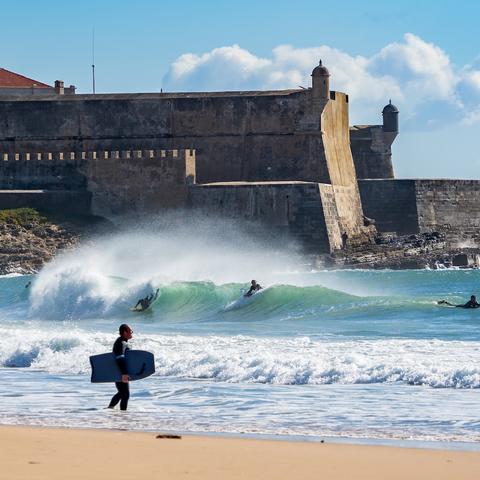
Praia de Carcavelos
Carcavelos
At the first sign of spring, Lisbon residents grab their beach
bags and flock to Carcavelos, the most popular beach north of the
River Tagus. Easily accessible by train from the centre of Lisbon, this commercial beach should not be
underestimated in its beauty. Its wide expanse of honey-coloured
sand is framed by a row of bars and restaurants, which sit along
the 1.5km-long promenade above the beach. During summer, these bars
are the perfect respite from the blazing sun, serving cocktails,
smoothies and such under the shade of wide, red umbrellas.
The relatively gentle waves at Carcavelos make it an ideal spot
for budding surfers to learn the basics, with a number of
surf schools offering both private and group lessons in English and
Portuguese. To the very eastern end of the beach lies a spattering
of rocks, leading up to the imposing São Julião da Barra Fort, a
16th-century military defence complex, which originally controlled
access to the port of Lisbon.
How to get there: To get to Carcavelos from
Lisbon, a direct train runs from the city’s Cais
do Sodré station, which takes roughly 30 minutes. From Carcavelos
train station, it’s a 10-minute walk down Avenida Jorge V directly
to the beach.
